LATVIJA.FM
The Couronian Pirates: Latvia’s Baltic Sea Adventurers
In the windswept centuries before modern maps and maritime laws, a fierce and proud tribe from the Latvian coast carved out a name feared across the Baltic—the Couronians. Often painted as pirates by their rivals and later chroniclers, these seafaring warriors were much more than marauders. They were merchants, explorers, and defenders of their homeland, navigating between Norse ambitions and Slavic tides. Their daring raids reached as far as Sweden and Prussia, and their legacy echoes in place names, legends, and the cultural memory of Latvia’s western shores.
Coastal Origins: The Land of Curonia
The story of the Couronian pirates begins on the rugged coastline of what is now western Latvia, in the historical region of Kurzeme (Courland). This territory, bordered by the Baltic Sea and dotted with river mouths, offered ideal conditions for a seafaring people. From their strongholds—wooden hillforts built atop sandy ridges—the Couronians looked out at the sea not as a barrier, but as a highway of opportunity. Their expertise in shipbuilding and navigation developed not merely from trade, but from necessity: to defend their lands, to connect with distant tribes, and, when needed, to strike first.
Raiders and Traders: Between Freedom and Infamy
Medieval chronicles by German and Scandinavian authors often labeled the Couronians as pirates, but the line between piracy and naval warfare was thin. The Couronians attacked merchant ships, raided coastal settlements, and demanded tribute—but they also established trade relationships, bartered goods, and shared cultural ties with their neighbors. One of their most daring raids, according to Scandinavian sources, reached the Swedish island of Gotland. The Couronians were feared not only for their aggression but for their unpredictability—fighting one season, trading the next.
The Spirit of Resistance: Couronians and the Crusades
With the arrival of the German crusading orders in the 12th and 13th centuries, the Couronians became defenders of their independence. Unlike some other Baltic tribes who submitted quickly to the invaders, the Couronians fought fiercely, holding out longer than most. They joined forces with the neighboring Semigallians, launching joint offensives against the Livonian Order and the Teutonic Knights. Even after eventual conquest, Couronian resistance persisted in pockets for decades. Their maritime skills made them particularly elusive, slipping away across rivers and sea routes after land battles.
Ships and Symbols: The Tools of the Couronian Trade
Couronian ships, though not as famous as Viking longboats, were swift and formidable. Built from oak and pine, these vessels could navigate both rivers and open sea, making them perfect for the Baltic’s mixed terrain. The Couronians bore distinctive symbols—sun motifs, animal emblems, and wooden amulets—which not only adorned their sails and shields but were also tied to their pre-Christian beliefs. Seafarers would often carry charms blessed by tribal priests to ensure protection on stormy waters. Even in later folklore, these symbols would resurface as signs of protection or warnings of unrest.
Legacy in Stone and Song
Today, the Couronians are remembered not only through archaeological finds and ancient texts, but through oral traditions passed down in western Latvia. Local place names—such as Kurzemes piekraste (Couronian Coast)—preserve their memory. Folk songs speak of brave men who sailed under stars and banners, and of coastal fortresses lost to time. In some parts of Kurzeme, stones once used in fort ramparts now sit quietly in farmers’ fields, their stories murmured by the wind. Museums in Liepāja and Ventspils display relics from this era—arrowheads, axe blades, and fragments of sea-worn pottery.
The Couronian Name Across the Sea
Intriguingly, echoes of Couronian migration and influence are found beyond Latvia. The Couronians are believed to have had contact—and possibly even settlements—in parts of what is now Lithuania and northern Germany. The name "Curonia" lingered on in medieval maps, and even centuries later, travelers wrote of local legends recalling mysterious mariners from the north. Whether as pirates or patriots, the Couronians made their mark on Baltic history—resilient, proud, and ever drawn toward the horizon.
